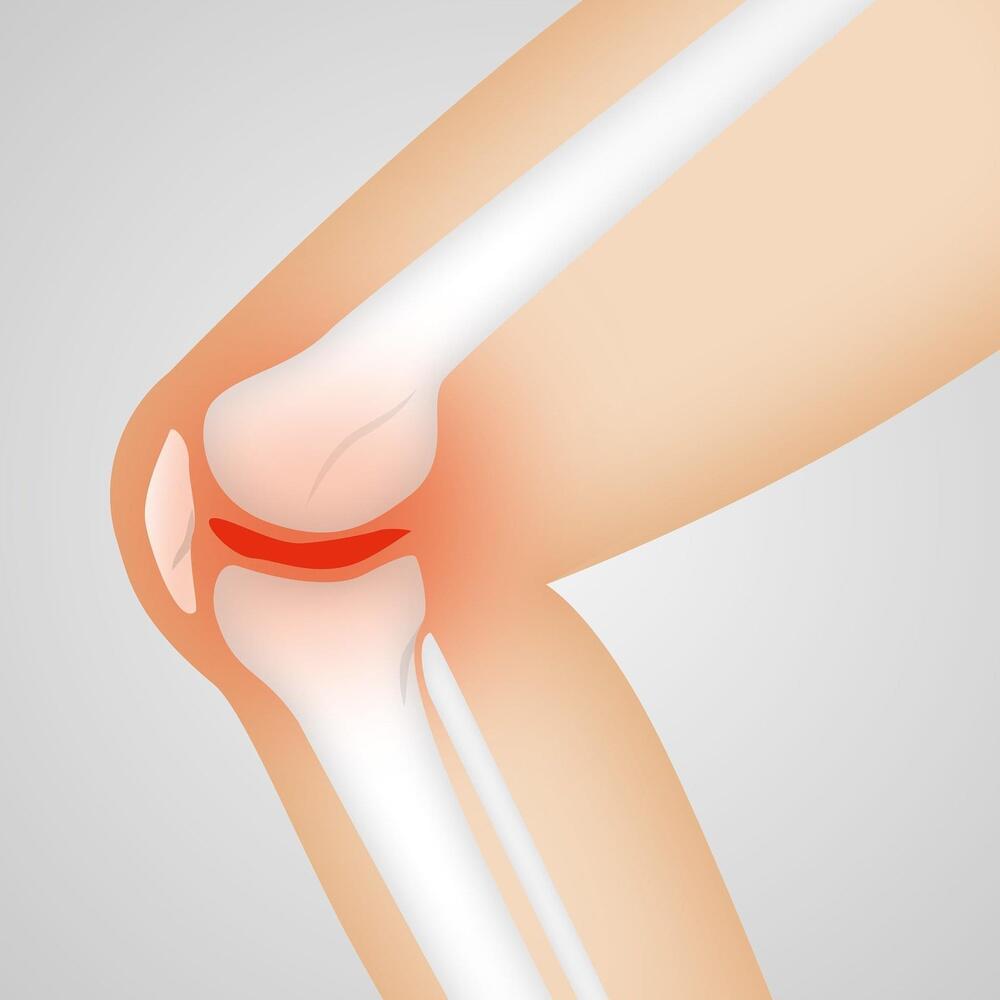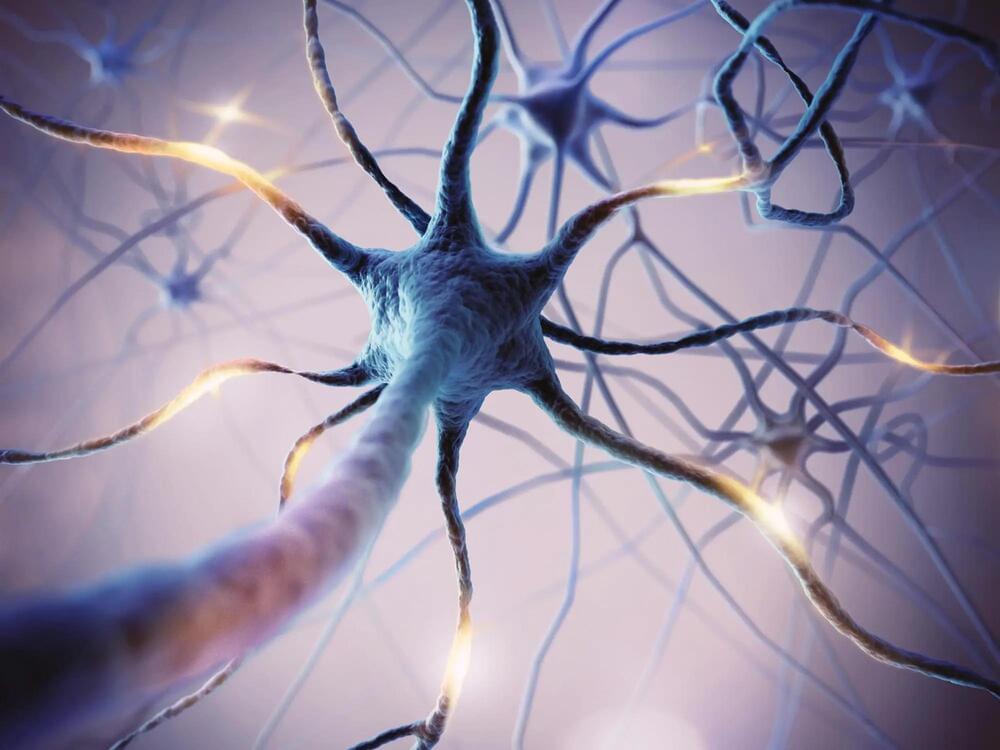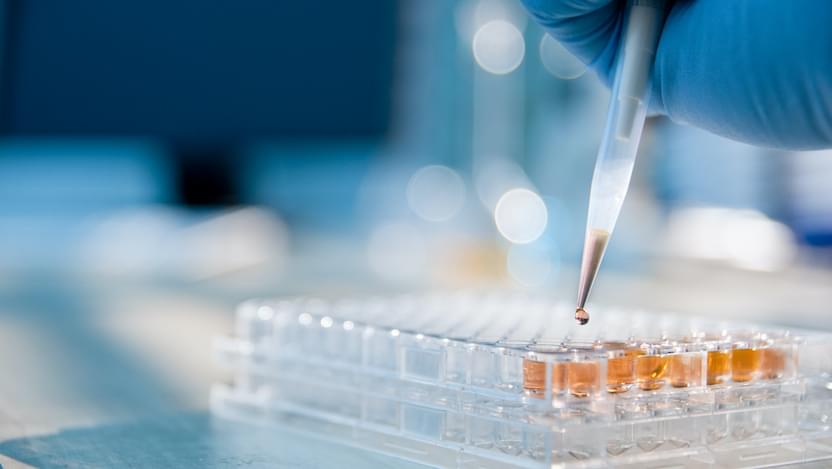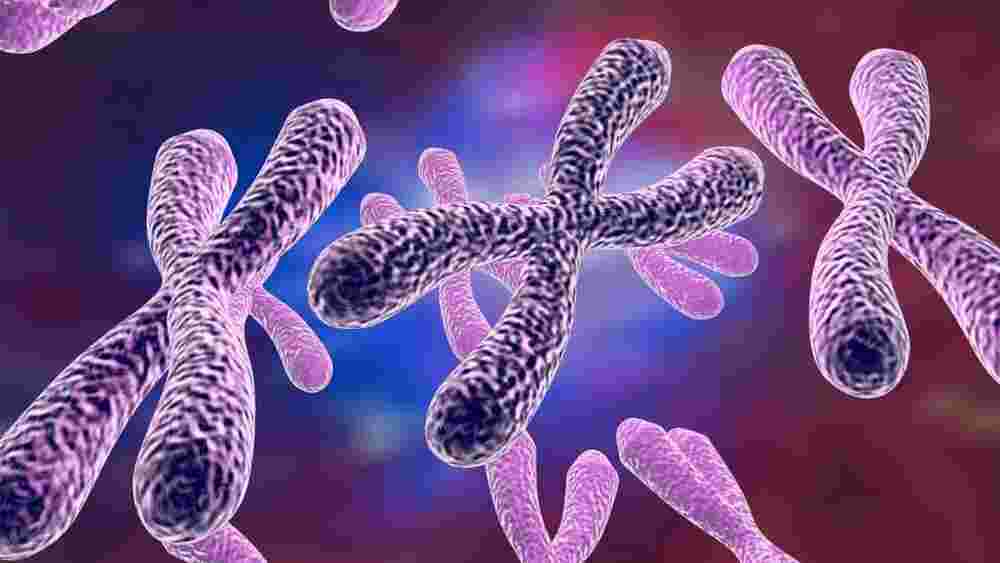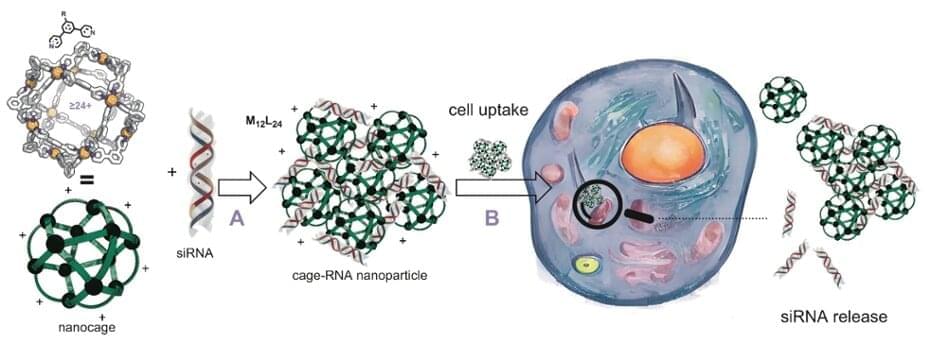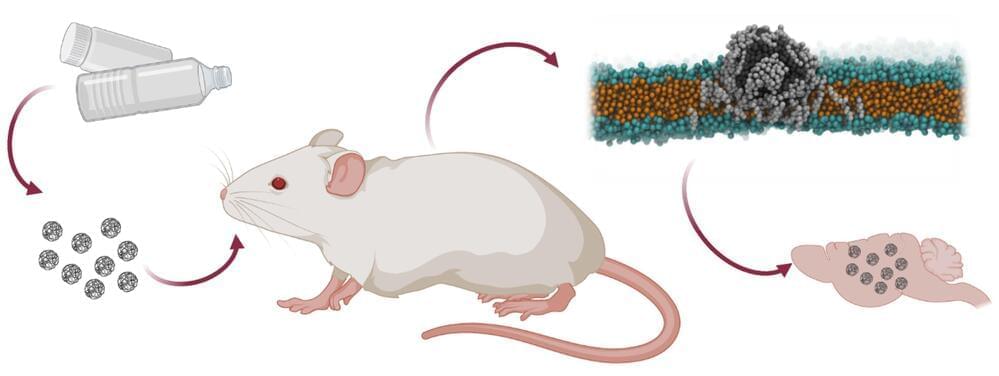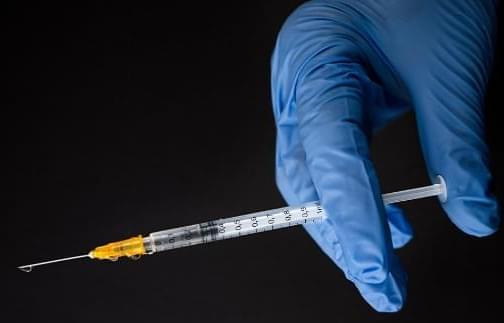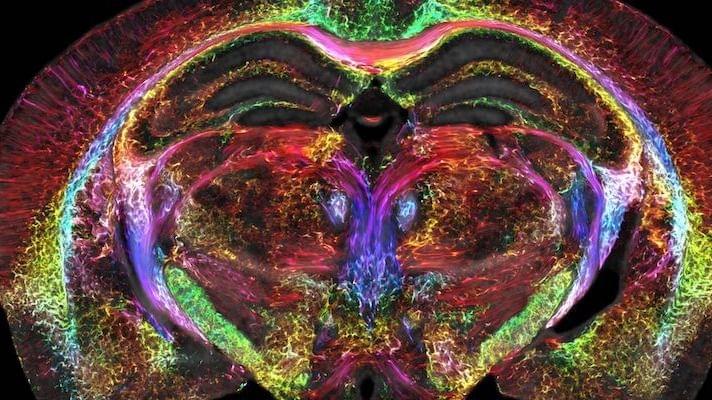Apr 22, 2023
New injectable cell therapy could resolve osteoarthritis
Posted by Shubham Ghosh Roy in categories: biotech/medical, life extension
Wake Forest Institute for Regenerative Medicine (WFIRM) scientists have created a promising injectable cell therapy to treat osteoarthritis that both reduces inflammation and also regenerates articular cartilage.
Recently identified by the Food and Drug Administration as a public health crisis, osteoarthritis affects more than 520 million people worldwide who deal with pain and inflammation. Osteoarthritis is typically induced by mechanical or traumatic stress in the joint, leading to damaged cartilage that cannot be repaired naturally.
“Without better understanding of what drives the initiation and progression of osteoarthritis, effective treatment has been limited,” said lead author Johanna Bolander of WFIRM. “Initially, we studied what goes wrong in osteoarthritic joints, compared these processes to functional environments, and used this information to develop an immunotherapy cell treatment.”
